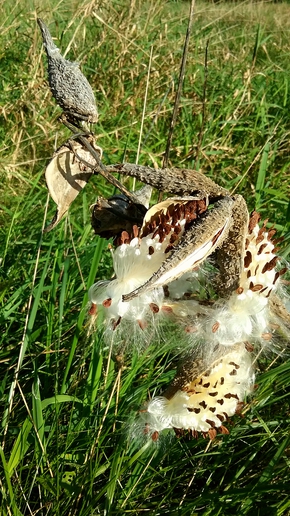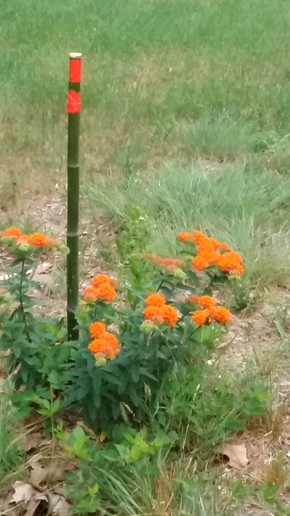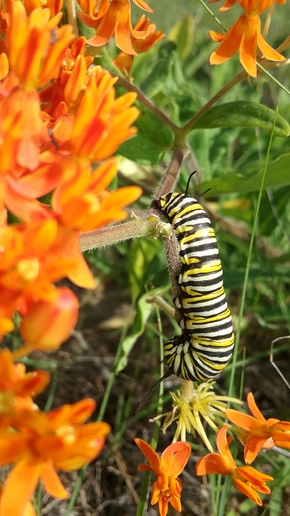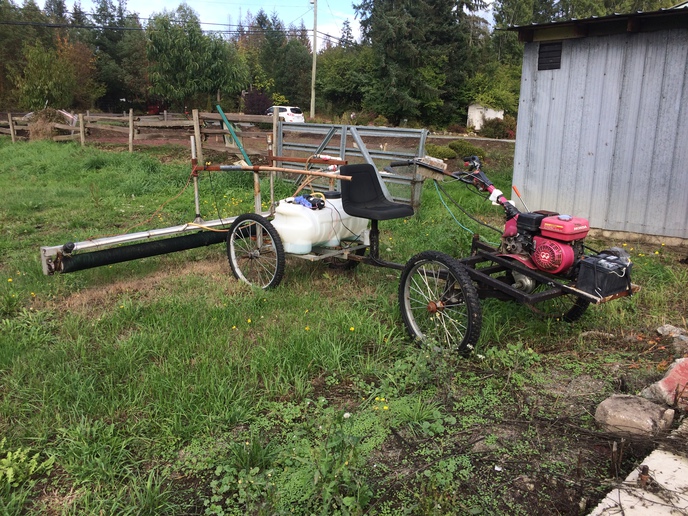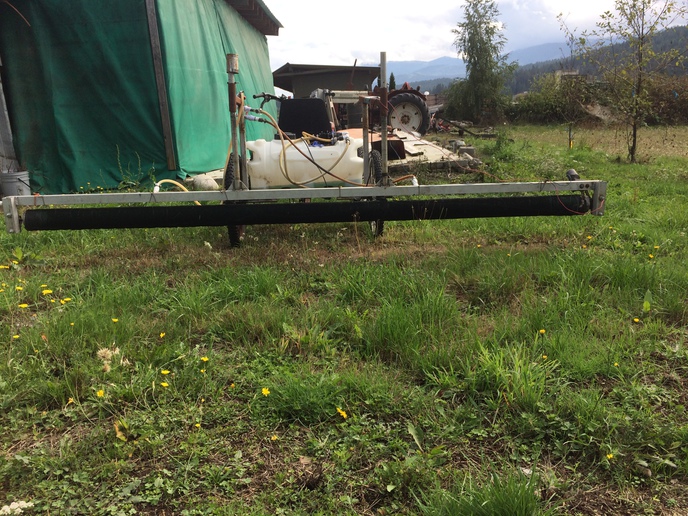After recently retiring for the second time, I am considering some tasks that I have been putting off for years.
One such task is weed control in my small 20 acre hay field. I do not do the hay in this field. Rather, a friend cuts and bales the, mostly brome grass, hay once each year. Of course, a single cutting, usually in July allows annuals, etc., to become established. Moreover, the field has become infested with both perennial milkweeds and Canadian thistles over the past 10-15 years. This year, both, as well as other weeds, have exploded due to the enormous amount of rain.
I am considering a spraying plan to control the Canadian thistles and milkweeds. Note: This is simply a labor of love. I realize no return on my small field but this is the "family farm" and I try to keep it looking good for personal reasons. I do not own a sprayer but may buy a small 55 Gallon, three point mounted one for use both in the field and in my lawn.
Recently, I took samples of the thistles and milkweeds to my county extension office for advise. I expected to learn that the milkweeds could be easily controlled but that the Canadian thistles would require more effort. Surprisingly, I learned that Canadian thistles were rather easily controlled with 2-4-D but the milkweeds were resistant to most selective herbicides. The agent recommended a Roundup burn down followed by reseeding. Folks, I'm not a real farmer, and do not have any tillage/seeding equipment. At my age, I really do not want to do this for a small field that I simply want to look good.
My friend that does the hay on my field told me that there is a rather new chemical named Millstone that is "effective" on both Canadian thistles and milkweeds. I poked around on the internet for Millstone and found that it is rated "good" for Canadian thistles and "fair" for milkweeds. I also found a price of $1,000 per quart. WTF!
Anyone have any experience with Millstone herbicide? Information regarding effectiveness on perennial milkweeds and pricing would be most helpful.
Any other suggestions or advise would be appreciated.
Dean
One such task is weed control in my small 20 acre hay field. I do not do the hay in this field. Rather, a friend cuts and bales the, mostly brome grass, hay once each year. Of course, a single cutting, usually in July allows annuals, etc., to become established. Moreover, the field has become infested with both perennial milkweeds and Canadian thistles over the past 10-15 years. This year, both, as well as other weeds, have exploded due to the enormous amount of rain.
I am considering a spraying plan to control the Canadian thistles and milkweeds. Note: This is simply a labor of love. I realize no return on my small field but this is the "family farm" and I try to keep it looking good for personal reasons. I do not own a sprayer but may buy a small 55 Gallon, three point mounted one for use both in the field and in my lawn.
Recently, I took samples of the thistles and milkweeds to my county extension office for advise. I expected to learn that the milkweeds could be easily controlled but that the Canadian thistles would require more effort. Surprisingly, I learned that Canadian thistles were rather easily controlled with 2-4-D but the milkweeds were resistant to most selective herbicides. The agent recommended a Roundup burn down followed by reseeding. Folks, I'm not a real farmer, and do not have any tillage/seeding equipment. At my age, I really do not want to do this for a small field that I simply want to look good.
My friend that does the hay on my field told me that there is a rather new chemical named Millstone that is "effective" on both Canadian thistles and milkweeds. I poked around on the internet for Millstone and found that it is rated "good" for Canadian thistles and "fair" for milkweeds. I also found a price of $1,000 per quart. WTF!
Anyone have any experience with Millstone herbicide? Information regarding effectiveness on perennial milkweeds and pricing would be most helpful.
Any other suggestions or advise would be appreciated.
Dean


